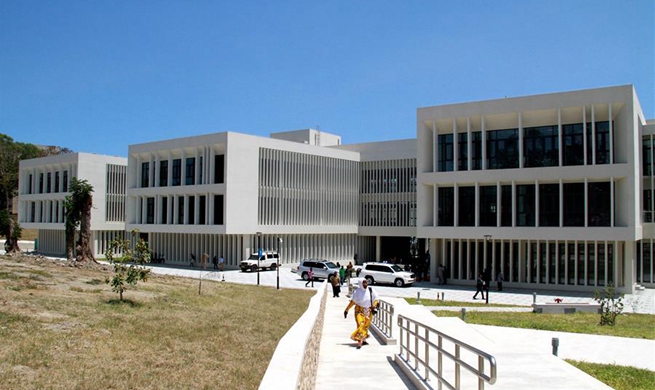SEOUL, Nov. 28 (Xinhua) -- South Korea's childbirth posted the lowest September figure, fueling worry about a so-called demographic cliff, a government report showed Wednesday.
The number of newborn babies was 26,100 in September, down 4,000, or 13.3 percent, from a year earlier, according to Statistics Korea.
It was the lowest September figure since the statistical agency began compiling the data in 1981, marking the first double-digit decline this year. The number of newborns kept falling for 34 months in a row.
In the July-September quarter, the childbirth stood merely at 80,400, the lowest since the data began to be compiled. It was down 9,200, or 10.3 percent, from a year earlier.
The total fertility rate, or the number of babies that a woman is forecast to have during her lifetime, slipped to 0.95 in the third quarter from 1.05 in the previous quarter.
South Korea is reportedly required to keep the fertility rate at 2.1 to maintain the current population.
The continued fall in childbirth boosted concerns about the demographic cliff, which refers to a sudden drop in the heads of household eventually leading to a consumption cliff.
According to the statistical agency's estimate, the number of South Korean population was forecast to begin sliding from 2028.
The percentage of the working-age population, aged 15-64, to the total started to reduce in 2017, after peaking at 73.4 percent in the previous year.
The low birthrate has been a headache for the South Korean economy as it leads to the lower workforce amid the fast-aging population, which would drag down the economy's growth potential and increase welfare costs.
The slumping childbirth was attributable to the social trend of delayed marriage and the falling number of women who are of childbearing age.
The number of marriage retreated 5.6 percent over the year to 53,800 in the third quarter, the lowest since the data began to be compiled in 1981.













